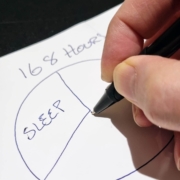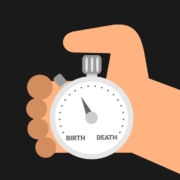Using time wisely
“𝐇𝐨𝐰 𝐞𝐟𝐟𝐞𝐜𝐭𝐢𝐯𝐞𝐥𝐲 𝐝𝐨 𝐲𝐨𝐮 𝐮𝐬𝐞 𝐲𝐨𝐮𝐫 𝐭𝐢𝐦𝐞?” I asked, in our Mission Leadership Council.
“Lets make a pie chart of the last 7 days” I said.
“How many hours are in a week?” I asked.
A few seconds later, the response was “168.”
Then I asked them to consider several things that they did and to discuss their week together.
How long did you spend…
– sleeping?
– eating?
– exercising?
– in personal grooming?
– shopping?
– cleaning?
– travelling?
– in personal study?
– in companion study?
– in language study?
– in meetings?
– in planning?
– in finding?
– in teaching?
– relaxing?
The result?
There were a few audible gasps in the room when they discovered surprising patterns in how their time was spent.
Using a simple graphic to visualise a typical day or a typical week can be very helpful.
It can help you understand where your time goes and how you can make use of your time better.
Ultimately, the use of an effective time management chart, will help you understand how your time is spent on the many different things you do in life.
After completing the exercise, we turned from the past 7 days, to the next 7 days.
By using the results of their personal time management chart, a quick analysis, will help improve their way of getting things done, and become more productive.
With this approach everyone can make the most of their time and avoid mistakes that can happen.
In essence, time management is really self-management and discipline in how we manage ourselves.
Time flies, but just remember, you’re the pilot!
How can you be more thoughtful and intentional about how you use your time, and make space for the things that matter most?









